Embarking on a bead embroidery project is a creative journey that involves meticulous attention to detail, and one crucial aspect that can significantly impact your masterpiece is the choice of thread.
The right thread not only provides structural integrity but also enhances the overall aesthetic of your beadwork. So, what thread do you use for bead embroidery?
In this guide, we’ll delve into the intricate world of bead embroidery threads, exploring the diverse options available and helping you make informed decisions based on your project requirements.
From the durability of nylon threads to the elegance of silk, each type has its unique characteristics.
Whether you’re a seasoned bead artist or a beginner eager to dive into this captivating craft, understanding the nuances of thread selection is key to bringing your bead embroidery visions to life. Join us as we unravel the threads that weave the beauty of beadwork together.
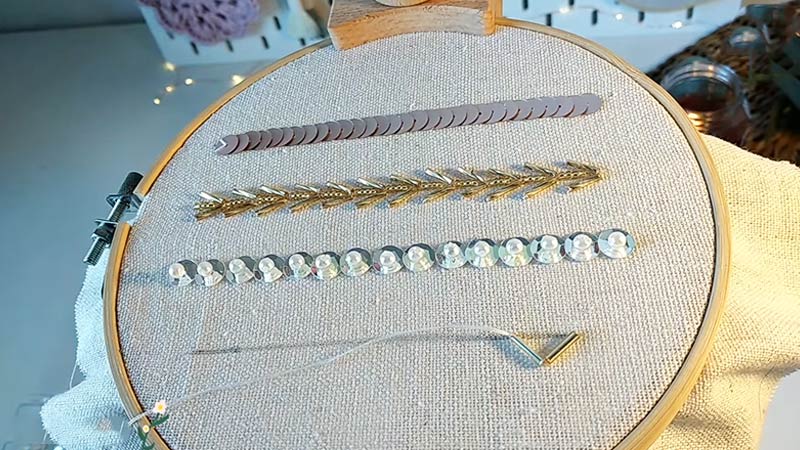
What Thread Do You Use For Bead Embroidery?
Selecting the right thread for bead embroidery is a nuanced decision that can significantly impact the outcome of your project. The choice depends on various factors, including the type of beads, desired aesthetics, and the overall design.
Let’s explore some popular thread options and considerations for bead embroidery.
Nylon Threads
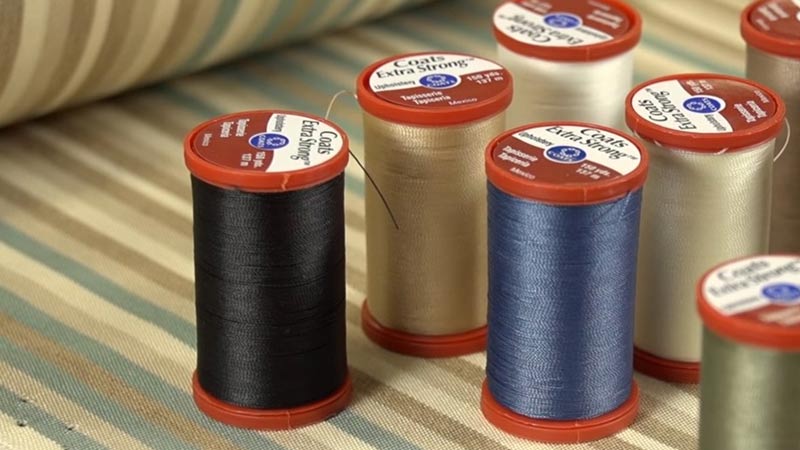
Nylon threads are a popular choice for bead embroidery due to their durability and strength. They come in various thicknesses, allowing for flexibility in projects ranging from delicate beadwork to more robust designs.
Nylon threads are known for their strength, providing a reliable foundation for bead embroidery. They work well with various bead sizes and materials, making them suitable for various projects.
Nylon threads are available in various colors, allowing you to match or contrast with your beads. Nylon has some stretch, which can affect the tension in your beadwork. Consider this property when choosing thread for bead embroidery.
Nymo Threads
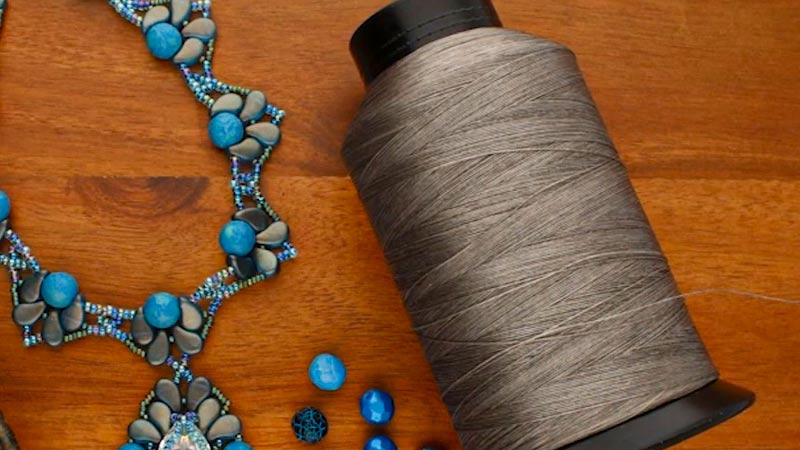
Nymo threads are popular in the beading community and are known for their smooth texture and consistent quality. They come in different sizes, denoted by lettering, with ‘B’ finer and ‘D’ thicker.
Nymo threads have a smooth finish, reducing friction and making them easy to work with. They are known for consistent quality, which is crucial for intricate bead embroidery.
Nymo threads may require extra care when knotting, as they can be slippery. Practice different knotting techniques to find what works best for you.
Fireline Threads
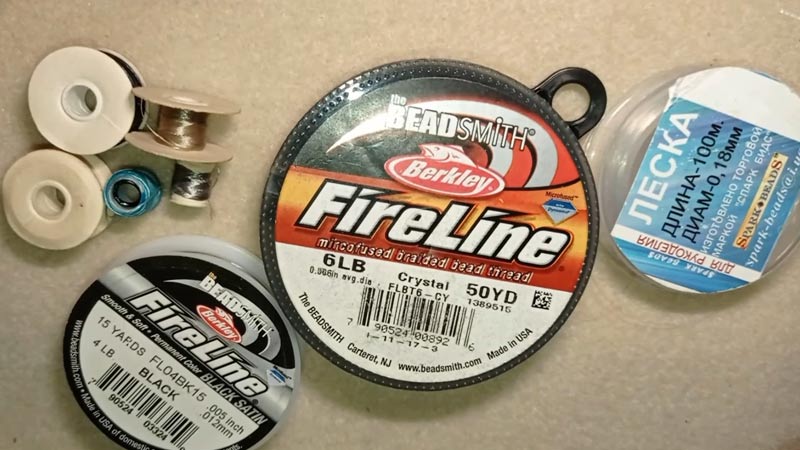
A fireline is a thermally bonded, braided thread known for its strength and resistance to fraying. It’s often used in bead weaving and embroidery. The fireline is incredibly strong, providing stability to your beadwork.
Unlike nylon, Fireline has minimal stretch, offering precise control over tension. It is resistant to fraying, ensuring the longevity of your bead embroidery.
Firelines can be less visible than other threads, which can be an advantage or disadvantage, depending on your project.
Silk Threads
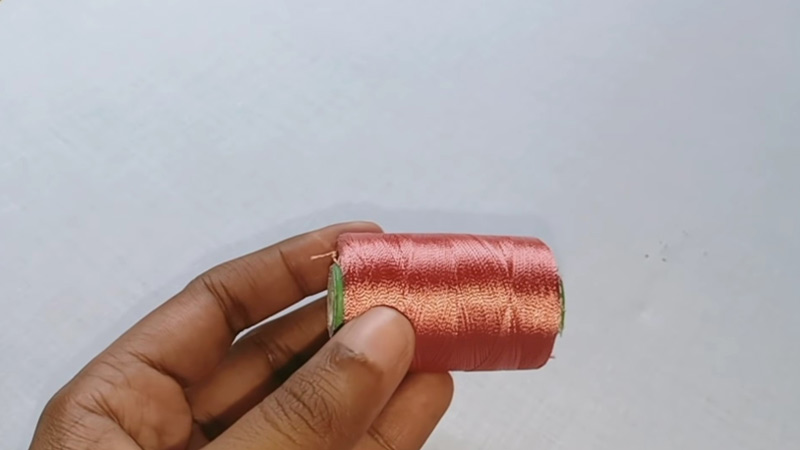
Silk threads add an elegant touch to bead embroidery. They are available in various thicknesses, with finer silk threads being suitable for delicate projects. Silk threads impart a luxurious look and feel to beadwork, enhancing the overall aesthetics.
They are pliable, making them suitable for intricate designs and detailed bead embroidery. While silk adds a beautiful touch, it may not be suitable for heavy or highly structured projects.
Cotton Threads
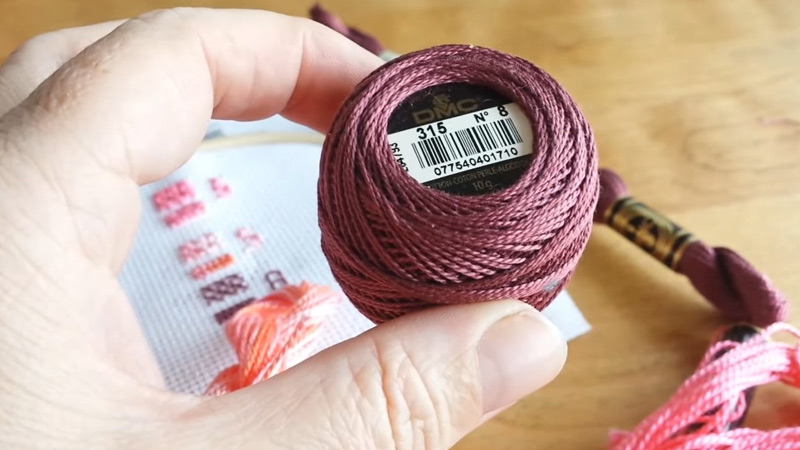
Cotton threads are a classic choice for bead embroidery, offering a natural and soft option for various projects. Cotton threads are soft and comfortable to work with, making them a good choice for projects that will be in contact with the skin.
They absorb dyes well, providing vibrant color options. Cotton bead embroidery thread may not be as strong as nylon or Fireline, so consider the weight and structure of your beadwork.
How Do You Choose the Best Thread for Bead Embroidery?
Embarking on a bead embroidery journey involves more than just selecting bead embroidery materials; choosing the right thread is equally crucial. The thread you choose can influence your project’s strength, appearance, and overall success.
Here’s a guide to help you navigate the diverse world of threads for the beading:
Bead Size and Weight
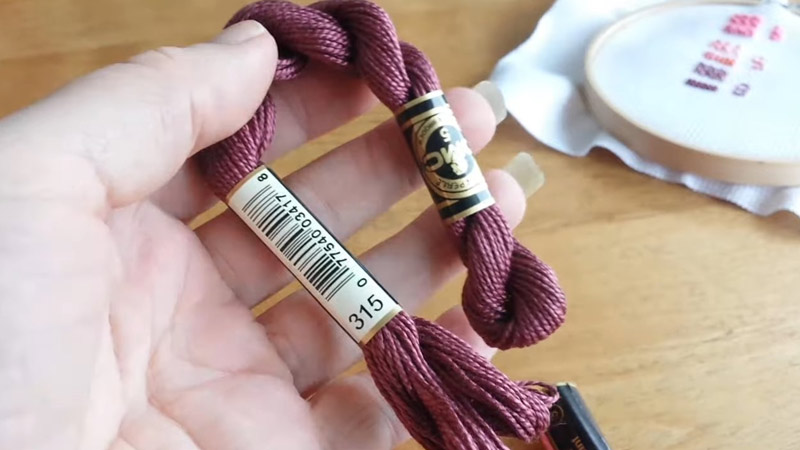
Delicate beads call for finer threads. Consider Nymo ‘B’ or lighter-weight Fireline for precision and flexibility. Robust, heavier beads demand sturdier threads. Opt for thicker Nymo or Fireline to provide the necessary support.
When working with intricate designs involving tiny beads, a finer thread allows for more passes through the bead holes without overwhelming the delicate structure.
On the other hand, larger beads, with their weight and size, benefit from stronger threads to ensure the integrity and longevity of the beadwork.
Project Type
If your project involves delicate and intricate details, silk or fine Nymo threads can complement the elegance of your design. These threads add a luxurious touch without overpowering the finesse of your beadwork.
For more robust and structured projects, consider the strength of nylon or Fireline threads. These threads provide the necessary support for heavier bead arrangements and ensure the longevity of your creation. The nature of your project plays a significant role in thread selection.
Color Matching
Consider the visual impact of your thread choice. Do you want the thread to blend seamlessly with your beads, creating a harmonious look? Alternatively, contrasting threads can add depth and highlight specific elements in your beadwork.
Some projects benefit from nearly invisible threads, like clear or smoke-colored Fireline. This choice allows your beads to take center stage without the distraction of visible threading.
The color of your thread can enhance or alter the overall appearance of your bead embroidery.
Personal Preference
Ultimately, your personal preference plays a significant role in beading thread selection. Experiment with different threads to discover what you enjoy working with and what aligns with your unique style. Every bead artist has their favorite thread based on handling preferences and aesthetic choices.
Each bead artist develops a personal connection with specific threads over time. Some may prefer the smoothness of Nymo, while others appreciate the strength of Fireline.
What Are Some Other Bead Embroidery Materials?
While thread is a crucial component, several other materials contribute to the beauty and durability of bead embroidery projects. Here’s an exploration of various materials commonly used in bead embroidery:
Needles and Fabric
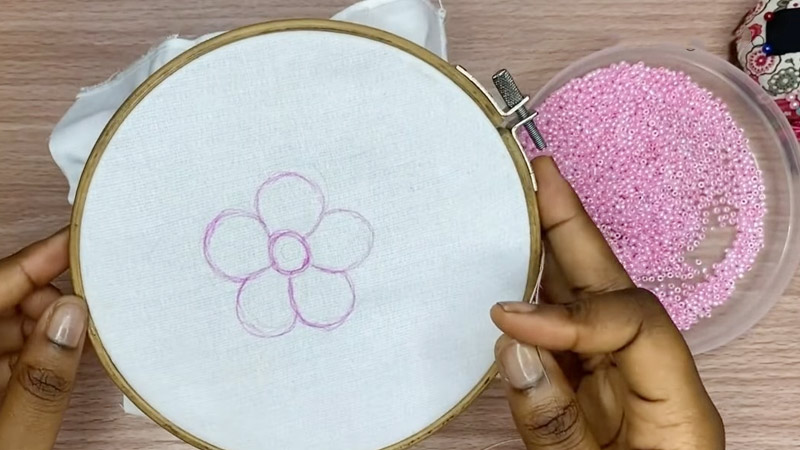
Beading needles are slender, flexible needles specifically designed for beadwork. They come in different sizes, allowing for bead sizes and types of versatility. Sturdy fabrics like felt, Ultrasuede, or muslin are the base for bead embroidery. They provide stability and support for the beads.
Beads
Seed beads are tiny, cylindrical beads stapled in bead embroidery. They come in various sizes and are often used for detailed work. Bugle Beads are long, tubular beads that add length and dimension to designs.
Delica beads are cylindrical beads with flat surfaces that are popular for creating precise patterns. Cabochons are smooth, rounded beads without holes, often used as focal points in bead embroidery.
Backing Material and Adhesives
These materials provide a stable backing for beadwork, ensuring the beads stay secure. Fabric glue or clear-drying adhesives can be used to secure the initial rows of beads before stitching them in place. However, caution is needed to prevent the glue from seeping through the fabric.
Hoops and Frames
These are used to keep the fabric taut and provide a stable surface for bead embroidery. However, some bead artists prefer working without a hoop for more flexibility. Precision is essential in bead embroidery, and a good pair of sharp scissors helps cut thread and trim excess fabric.
Pins and Markers
T-pins or Bead Nabbers are tools that assist in holding the fabric in place and picking up individual beads. Water-soluble markers can be used to draw or trace the design onto the fabric before starting the beadwork.
Bead Trays
These tools help keep beads organized and prevent them from rolling away. They often have sections to sort beads by color or size. Adequate lighting is crucial for bead embroidery, ensuring accurate placement of beads and preventing eye strain.
Finishing Materials
Ultrasuede or Felt for backing are materials that can be used to finish the back of the bead embroidery neatly, providing a clean and professional look. Backing fabric is a complementary or contrasting fabric for finishing the back of the project.
Graph Paper or Stencil’s aid in planning and sketching out intricate bead patterns before starting the embroidery.
FAQs
Can You Use Sewing Thread for Beading?
While sewing thread is not ideal for beadwork, it can be used for certain projects. However, specialized beading threads like Nymo or Fireline are recommended for their strength and durability, ensuring that beads are securely attached.
What Size Needle Should I Use for Bead Embroidery?
Beading needles are specifically designed for beadwork. Choose a needle size that accommodates the bead’s hole size and the thickness of the thread. Smaller beads may require finer needles, while larger beads may need larger needles for easy threading.
How Do I Prevent Beads from Tangling During Embroidery?
Using a bead tray or bead board helps keep beads organized and prevents them from rolling away. Additionally, working with shorter lengths of thread reduces the chances of tangling. Proper organization and preparation can significantly minimize beadwork frustrations.
What Fabrics Are Suitable for Bead Embroidery?
Sturdy fabrics like felt, Ultrasuede, or muslin are a foundation for bead embroidery. These materials provide stability and support for the beads. The fabric choice depends on the project’s size, intended use, and personal preference.
How Do I Finish the Back of a Bead Embroidery Project?
Finishing the back of a bead embroidery project is crucial for a polished look. Many artisans use Ultrasuede or felt to cover the back, neatly hiding any thread or knots. Additionally, a backing fabric in a complementary or contrasting color can enhance the overall aesthetic appeal of the piece.
Conclusion
The choice of thread in bead embroidery is a subtle yet pivotal decision that can elevate your creative expression. Whether you prioritize strength, flexibility, or color vibrancy, each type of thread contributes to your artwork’s overall texture and visual appeal.
The key is to consider the type of result you want. As you experiment with different threads, consider the intricacies of your design and the beads you’ve chosen, ensuring harmony in both form and function.
Remember that the thread binds the beads together and tells a story through its texture and sheen.
Armed with the knowledge gained from this guide, you’re better equipped to make informed choices, transforming your bead embroidery projects into stunning, personalized works of art.
So, as you thread your needle and embark on your next creation, let the journey be as enchanting as the final masterpiece itself.
Leave a Reply